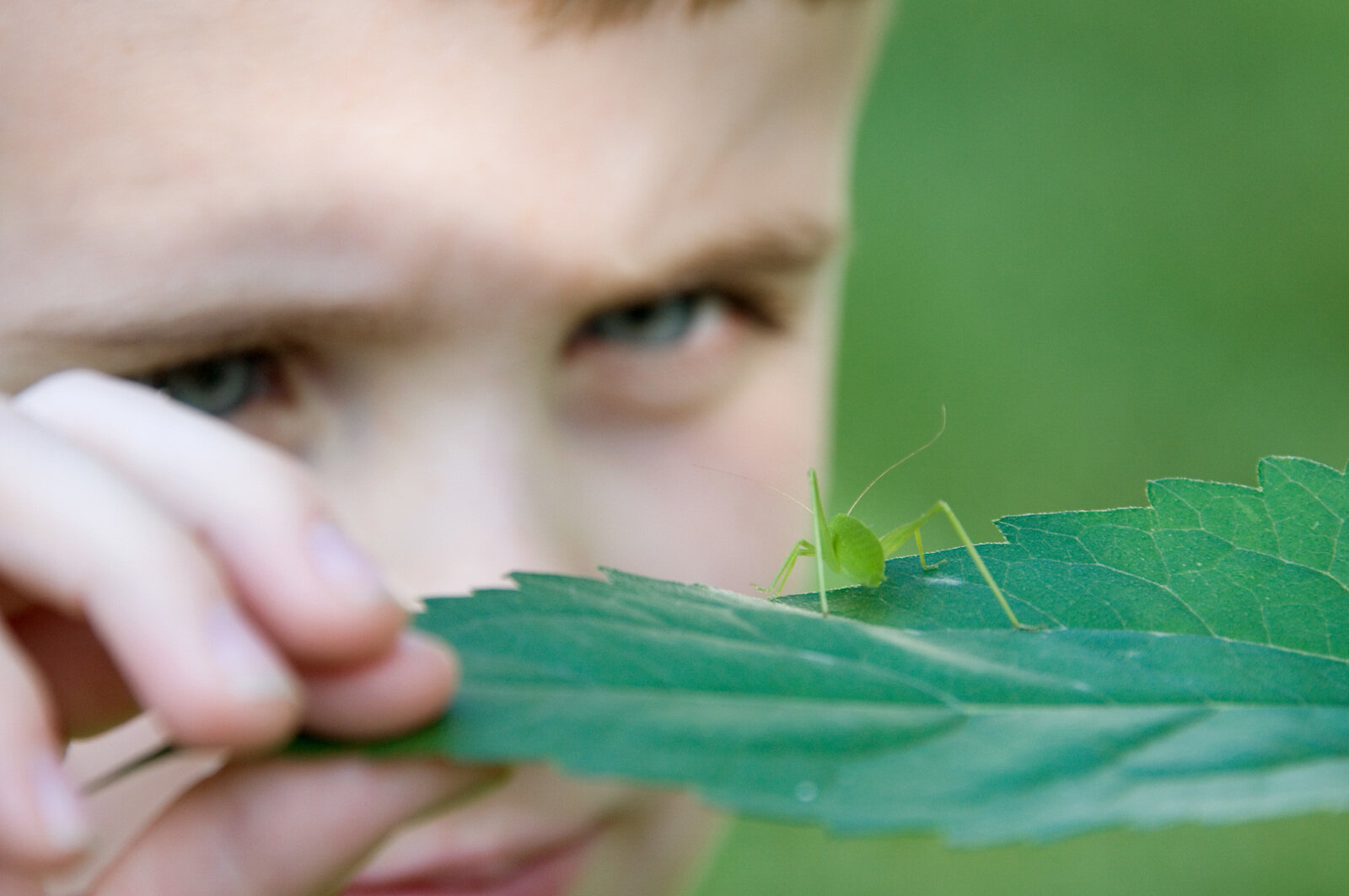By Nikolaj Lasbo, Marketing Manager
Our daily lives have been uprooted and we all find ourselves in an entirely different place than we could have imagined for spring or for Earth Month 2020. Our earthly confines are now much smaller—most of us indoors, at home. Our worldview is now mainly the view out our windows.
But this doesn’t need to be a bad thing! A new outlook can bring new opportunities to better understand the world outside.
What may be particularly challenging for many of us is our changed relationship with nature in this moment. But look out your window and you’ll see in fact that nature is also nearby. Our understanding of the natural world doesn’t need to happen in remote, pristine places: Nature is everywhere, and nature is diverse—from the rarest butterfly to the most common backyard weed.
This Earth Month, let’s all challenge ourselves to better understand and appreciate the diversity of nature nearby—while still doing our parts to maintain social distancing to prevent the spread of COVID-19. Take part in our Nature Nearby Biodiversity Challenge!
How to be an “iNaturalist”
Keep Track: Record your encounters with other organisms and maintain “life lists,” all in the iNaturalist app.
Don’t Know What Something Is? In the app, connect with experts who can identify the organisms you observe.
Learn About Nature Around You: Build your knowledge by chatting with other naturalists and community scientists.
Create Useful Data: Help scientists and resource managers understand when and where organisms live. In particular, your recordings help us understand the vast biodiversity of our region!
Share on Social Media: You can spread the word from within the app or by uploading your photos and observations directly to social media, using the hashtag #EarthMonthBioBlitz.
Can you identify that bird on the telephone wire across the street? What’s growing along the sidewalk? Who knew that not all mosses are the same? They all are part of the biodiversity of the natural systems all around us.
Biodiversity is the collection of organisms and natural processes that create the ecosystems around us—yes, your backyard or an urban park is an ecosystem. Even you are a part of your ecosystem’s biodiversity! Understanding the diversity of nature helps us understand nature itself.
This is where you come in. Data are at the foundation of understanding the world’s biodiversity, from our neighborhoods to the Pacific Northwest region and beyond. Every observation you make can contribute to biodiversity science. Using the iNaturalist app, we can have fun together this month being scientists and recording nature around us. iNaturalist will share your observations with scientific data repositories like the Global Biodiversity Information Facility to help conservation scientists understand the diversity of nature everywhere.
We at The Nature Conservancy in Washington are also homebound for the time being and will be participating in this Nature Nearby Biodiversity Challenge all month with you. Let’s stay connected and have fun together observing nature—even if we can’t do it in person together. We hope you’ll join us and share your findings on our social media using the hashtag #EarthMonthBioBlitz.
Happy observations!



























